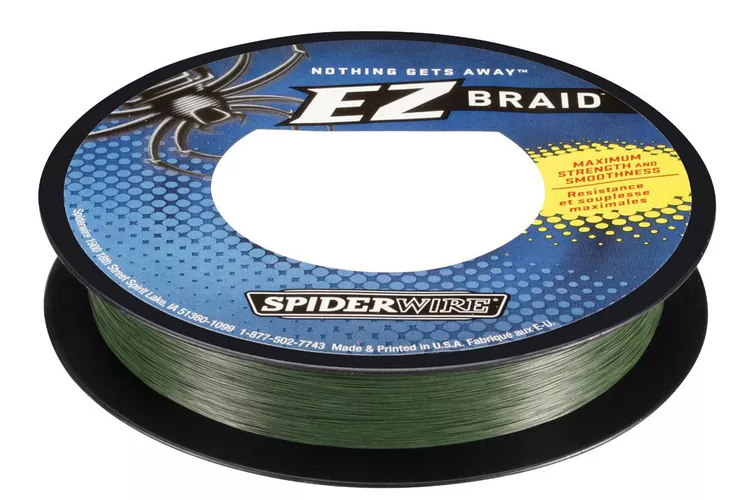Understanding Braid Fishing Line
What Is Braid Fishing Line?
Braided fishing lines have gained popularity in recent years due to their effectiveness in various fishing situations and remarkable strength. However, they also come with certain drawbacks that can sometimes outweigh their benefits.
How They Are Made
Braided lines are constructed by weaving fibers made from synthetic materials like Spectra or Micro-Dyneema into a strand. This process results in an exceptionally strong and abrasion-resistant fishing line. Because of this strength, it is challenging to break when snagged, although fish with sharp teeth, such as pike and muskie, can cut through it.
Difficulty in Knot Tying
One of the most significant challenges with braided lines is tying knots. These lines are quite slippery, so it is essential to tie the right knot properly to prevent slippage. The Palomar knot is popular among anglers, as it effectively secures the braid. Alternatively, an improved clinch knot can also be used if it’s wrapped seven times. Always leave a little tag end after tying the knot, and some anglers even use a drop of super glue to ensure the knot stays secure.
Visibility and Water Conditions
Braided lines are highly visible in water, which can deter fish, particularly in clear water environments. Consequently, many anglers avoid using braid in such situations, especially when employing finesse techniques. Though adding a leader can mitigate visibility issues, it introduces an extra connection point that may fail.
Rod and Reel Compatibility
Some anglers express concerns that braided lines can damage rod guides, especially lower-quality ones. Therefore, it’s crucial to ensure your rod is compatible with braided lines. Additionally, braids can become entangled on the reel spool; to prevent this, spool the line tightly and adjust the drag to a loose setting for comfortable hook sets.
Cutting and Managing Braided Lines
Cutting braided lines can be challenging. Most anglers who use braids opt to carry scissors, as regular clippers may not work effectively.
Sound and Visibility Concerns
The noise that braided lines produce when passing through rod guides can be off-putting for some anglers. This ‘singing’ occurs when retrieving the line quickly or when a fish pulls drag. Over time, many braided lines may also develop a fuzzy appearance from wear, which, while not affecting their strength, can be unappealing to some users.
Fishing Performance with Braids
Braided lines have a small diameter, are very limp, and possess minimal memory. They float, making them advantageous for topwater baits, but their lack of stretch can cause issues by pulling the bait away from fish. Furthermore, anglers must be cautious with drag settings to avoid tearing hooks from fish during strong runs.
Effectiveness in Heavy Vegetation
Braids excel in fishing through heavy underwater vegetation, such as lily pads and cattails. The strength of the braid allows it to slice through the stems of these plants, enhancing the chances of landing fish that would otherwise entangle conventional lines.
Conclusion: Weighing the Pros and Cons
Braided lines are versatile and can be effective in various fishing applications. However, it is essential to be aware of their limitations. If you decide to give braids a try, keep their unique characteristics in mind to enhance your fishing experience.





